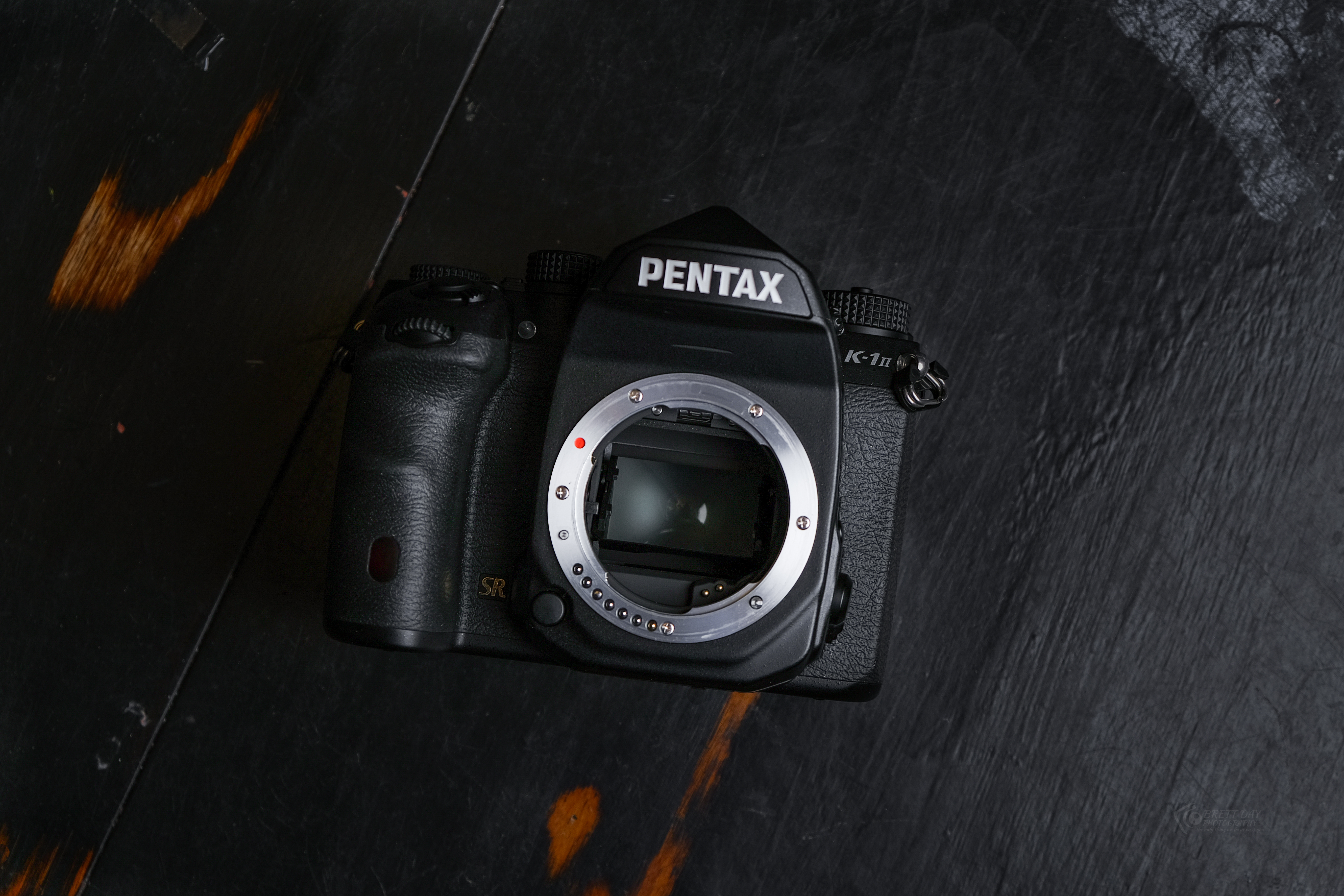I left team Canon after 17 years, and my journey to find the perfect camera for myself took me far and wide before I finally made it home.
We are always in search of the perfect camera. We read reviews, we watch videos, we drool over spec sheets, and we marvel at all the things that modern cameras can do. It is so easy to get caught up in the the new camera spec wars these days that it can be easy to take a wrong turn down the camera highway. After leaving behind Canon and their cameras after 17 years of use, I embarked on a journey to find the perfect camera for me, and it led me down a long dusty road to the last place I ever would have imagined. Pentax.
I’ll preface by saying that I don’t have any agenda against any brand of camera. All platforms have their pros and cons, and I have enjoyed using all the cameras I will be mentioning. To me a camera is an extension of the person who is using it. The photographer has to be comfortable with it, has to know the ins and outs, the quirks and foibles, and it has to feel right in the hand. There is so much more to a camera than the circuit boards crammed inside of them, and to truly enjoy using a camera the photographer really has to be one with it.
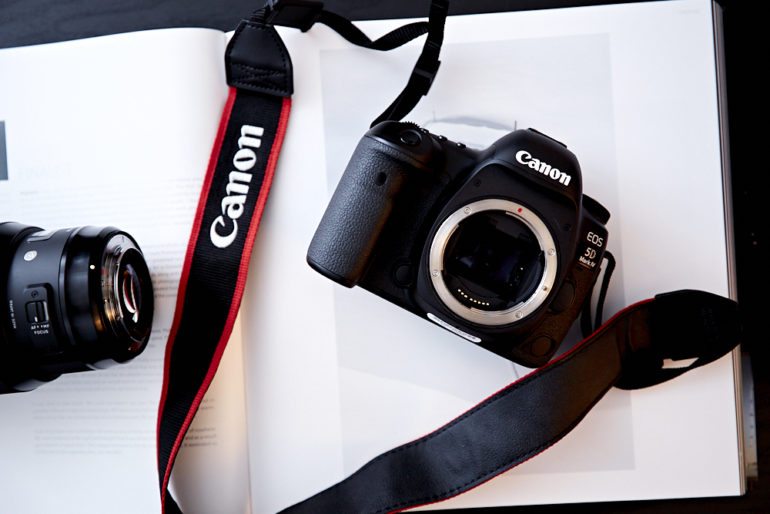
17 years of my life were dedicated to Canon and their cameras and lenses. I owned everything from an AE-1 to a T3i, and a 70D to a 5D III, and I even purchased the 6D II, I just liked Canon cameras that much. I’ve always loved how Canon cameras felt in my hands, and always loved knowing exactly what I would be getting in regards to build quality, image quality, and color output. I loved the characteristics of images that were produced with Canon cameras; they had a soul. The lens selection is fantastic too, and so is support for third party accessories; but something happened when it was time for me to upgrade.
I looked at the 5D IV and it just didn’t excite me. It looked the same as every other Canon camera, the upgrade to the sensor was pretty big, but there was nothing else about it to make me say ‘come to papa’. My faithfulness was waning, and my head was being turned by the sleeker, sexier, more powerful Mirrorless Cameras hitting the market; in particular, Sony Mirrorless cameras. I began to get caught up in the spec wars.
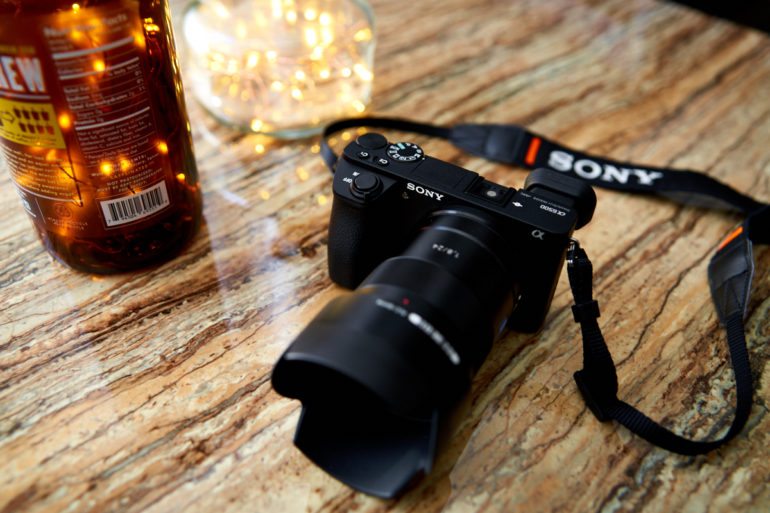
Two years ago I said goodbye to Canon cameras. I decided to take the plunge with Sony; just like many other photographers have done. At the time Sony were absolutely breaking new ground in the camera world. Blazing fast autofocus systems, eye detect autofocus, back lit sensors, in-body image stabilization, killer dynamic range, you name it, the flagship Sony cameras had it. I have no aversion to APS-C at all so I decided to grab the Sony a6500 and a Sigma MC-11 adapter so that I could use my old Canon glass. It worked like a charm, and I was a happy camper.
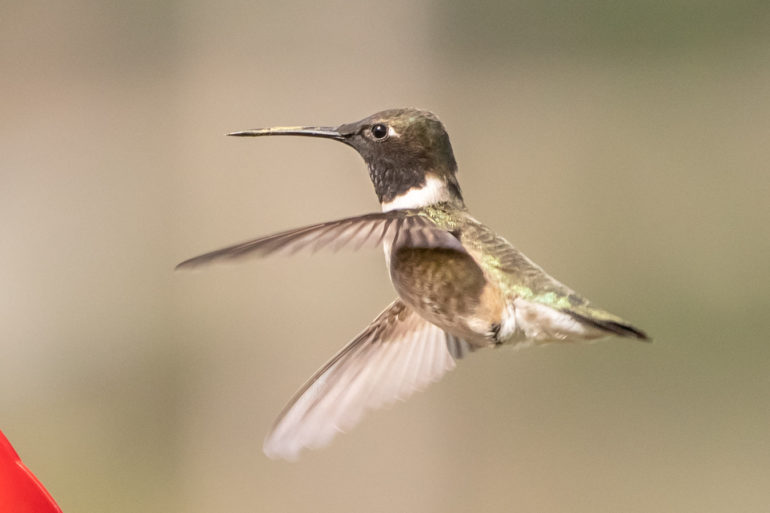
I was in awe. The EVF, and IBIS were game changers, and I honestly felt incredibly happy with my decision. It was a joy to see 425 af points blinking around the screen, and it was amazing at just how easy it was to capture fast moving objects with the tracking system. I couldn’t believe everything Sony crammed in to this little camera body. The menu system took some getting used to for sure, but all in all it got the job done.
Over the course of 16 months or so I owned the a6500, and I used the Sony a7 II, the A7r II, and the A7 III, and again looked at the technical specs in amazement. All the while I justified the decision to switch brands, which is something we all do when we drop significant amounts of money on things. Sure, I was able to capture and create some nice images in my time with the cameras, but deep within me, something just didn’t feel right; something was amiss.
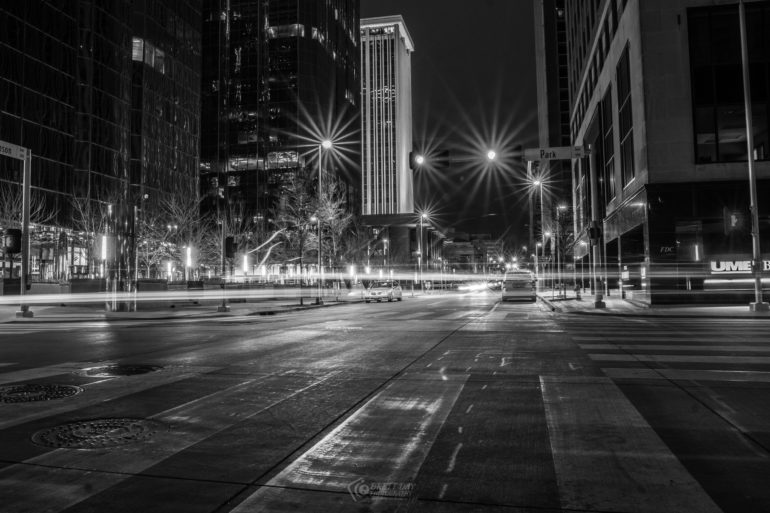
While I was overjoyed withe capabilities of the cameras, after a while I just didn’t enjoy picking the cameras up any more. Not one of the Sony cameras I owned and used felt as good as Canon cameras in the hand, and while the pictures were technically great, they lacked character to me; they were quite sterile, even after editing in my usual style, and after experimenting with new techniques, I just didn’t like the results from the Sony RAW files. The Cameras never felt like an extension of me. I was at a loss, and started to have doubts about finding the perfect camera for myself, but knew I need to change systems again if I wanted to enjoy my photography. Enter the Fujifilm X-T3.

A lot of noise was being made about the Fujifilm system, in fact I had looked at the X-T2 before and was really impressed. When the X-T3 launched I knew it was the camera I wanted. I sold all of my Sony gear and marched down to my local camera shop while grinning like a Cheshire cat. What drew me to the X-T3? The specs. The camera sounded amazing on paper. 425 af points, 26mp X-Trans sensor, up to 30fps in sports mode, dual card slots, Fujfilm simulations, 4K video at 10 bit, and then top it off with the gorgeous retro design; how could you not love it?

To start off with the picture quality is excellent. I was blown away with the images that the X-T3 could produce. APS-C cameras have come so far, and the wizardry that Fujifilm uses in the X-Trans sensors is really quite special. Use the X-T3 for portraits with the Fujifilm 56mm f1.2 and you will create pure magic. It’s good for landscapes, street, and just about any other type of photography too; it’s very versatile.
For 8 months I used the X-T3 and was quite content; to a point. I built up my lens collection and was producing images that I, and my clients loved, but again, something was still missing. The images were great, and they had the character that I was looking for, but again, I just didn’t like using the camera. There was nothing really wrong with it besides a small grip, so I couldn’t understand what my issue was. There was just something about using it that I didn’t like. It felt almost like the fun was being taken out of photography. I thought that maybe it was me, perhaps I was burning out and needed a break. I just didn’t look forward to picking up the camera, and that is not a good thing as a photographer.
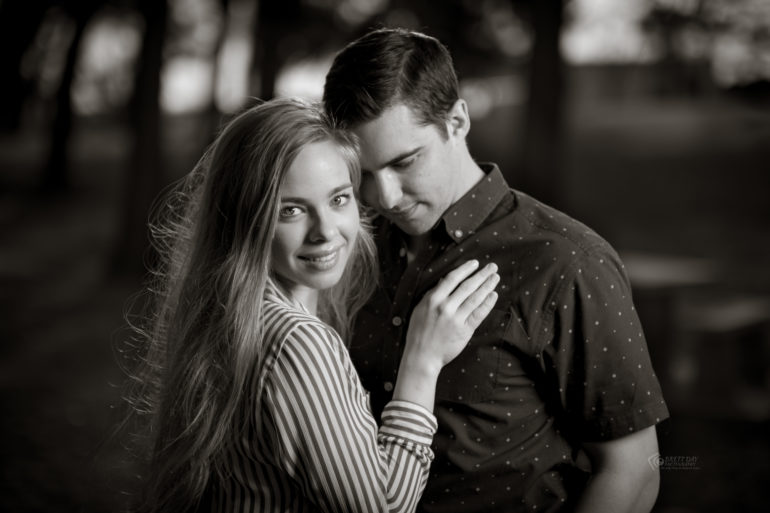
In December of 2018 I was given the chance to review the Pentax K1 II. Pentax!! Who uses them anymore? We still thought it would be nice to do a review of the camera though as we know that there is a solid, loyal fan base out there.
I will admit that I went into the review process just knowing I would not like the camera at all. When it arrived I took it out of the box for the first time was shocked at the size of it when I put it next to my X-T3. I couldn’t help but chuckle. After all, smaller, Mirrorless cameras are the future right? I also looked at the spec sheet and had a giggle. Just 33 af points, no touch screen, 4.4fps, only 1080p video, a poor tracking system, no eye autofocus, and it weighs as much as a tank. On paper, this camera which was released in 2018 looked like a dinosaur compared to new Mirrorless cameras on the market.
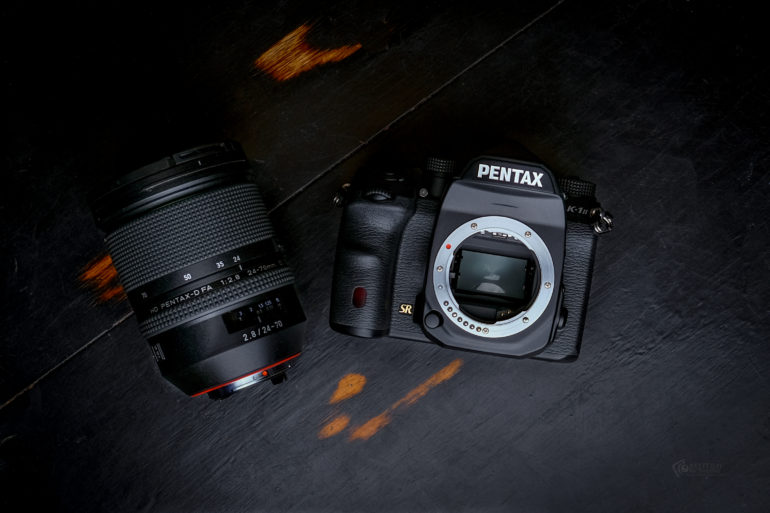
What happened over the next three weeks is not something I ever envisioned happening. I put aside my X-T3 and started using the K1 II exclusively. I took the K1 II out for multiple shoots, and every time I used it I found more and more I liked about it.
The grip was fantastic, the camera may weigh as much as a tank, but it was built like a tank too. It has weather sealing for the end of days, the screen is unique but certainly functional, the GPS, Pixel Shift, and Astrotracer features were great, and the in-body 5-axis image stabilization worked better than Sony’s in my opinion. I was shooting shots 1/6 second handheld and images were super sharp. The 36mp sensor is capable of producing beautiful images too. Such rich, vibrant colors, and when used with older Pentax K Mount lenses like the FA 77mm f1.8 Limited , the sensor can produce images that look like they have been shot on film.
The other thing I liked about the Pentax K1 II is the character the camera had itself. A point and shoot, and spray and pray camera this is not. You have to be able to call upon your experience to nail a shot with this camera. It handled much like my older Canon DSLR’s did, and to me that was no bad thing. It fit like a glove in my hands, and all of the buttons and controls fell into place nicely. You have to spend time with the K1 II to really understand what it’s about, and because of that you form a bond with it.
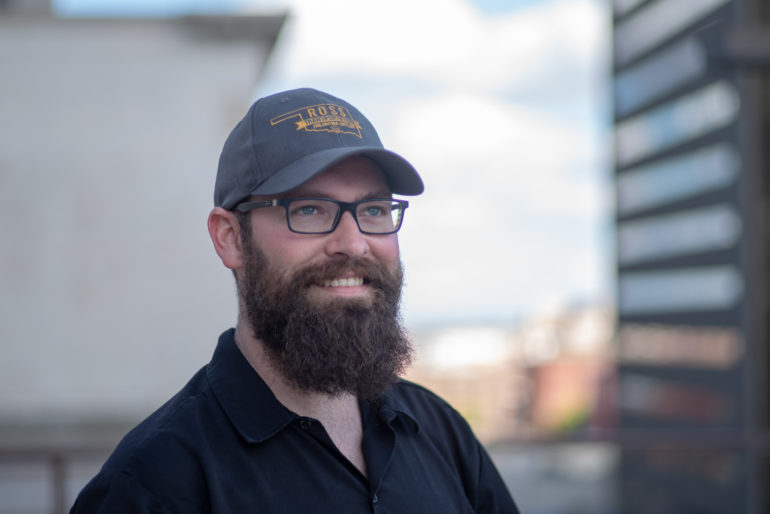
All of the negatives about this camera turned into a positive. This K1 II forced me to slow down, it made me think about my compositions, it made me think about the all the things I would need to do to ensure that my image would be perfect. I couldn’t just point and shoot; and I loved it. I actually felt like I was doing something other than pointing a camera at a subject and letting it basically do every thing for me. No eye autofocus, no tracking, lots of focus and recompose, having to know my exposure was right as there is no EVF to show me, having to really pan, and having to anticipate action with a moving subject as the tracking system is quite slow; but it felt perfect. I was having fun with my photography again.
In fact it felt so perfect that shortly after sending the review unit back to Ricoh, I purchased one myself, and sold my Fujfilm gear. For me, it was one of the best decisions I have made. My desire to pick up the camera just for the heck of it has returned. That feeling is hard to describe, but those who have been through this will understand all to well.
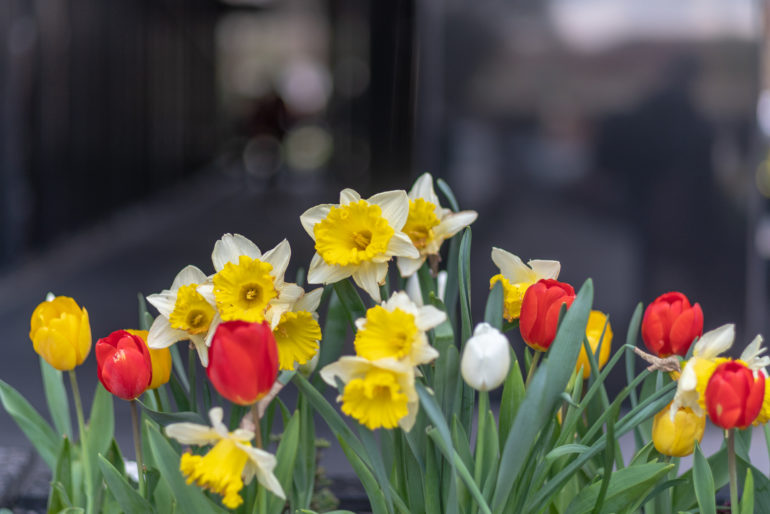
This is what I had been missing with the Sony cameras, and with the Fujifilm X-T3. As great as they are, they had taken the fun out of photography for me. Modern Mirrorless cameras pretty much take the guess work out of everything. They can do just about anything and everything. Yes, that’s progress, and yes, technology is great, but I never felt like I was really in control of those cameras. Sure I could have turned those features off, but then what’s the point of buying a camera with all of those features if you’re not going to use them, or enjoy using them?
The problem is that I got caught up in the numbers game created by marketing departments, and I made my purchasing decisions off of spec sheets. That’s n way to find the perfect camera. I had lost sight of what makes a camera the perfect camera for me. The perfect camera is more than just about specs, it’s about how it feels in the hand, it’s about how easy it is to customize and make your own, it’s about that feeling you get when you use it, it’s about whether or not you connect with it, and if it feels like it’s a natural extension of yourself. It’s about the joy it brings to you.

When I pick up the Pentax K1 II, it just feels right. I know I can count on it, I like being in control of it, and the images I can make with it make me smile. Call me crazy but I love the noise of a Mirror slapping down after a shot. I love the size and weight of a DSLR, and I love that I’m not totally dependent on AI to help me get shots. Mirrorless cameras are great, but they’re not for me. They’re like autopilot for photographers; where’s the fun in that? I know that when I nail the shot with the Pentax K1 II, it was all me, and it’s so damn satisfying. I’ve finally found my perfect camera.
What camera is the perfect camera for you? Have you ever switched systems in the hope of finding greatness only to be disappointed? Have you ever returned to a brand you once left? Let us know in the comment section below.


